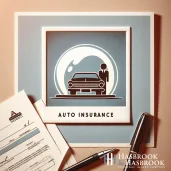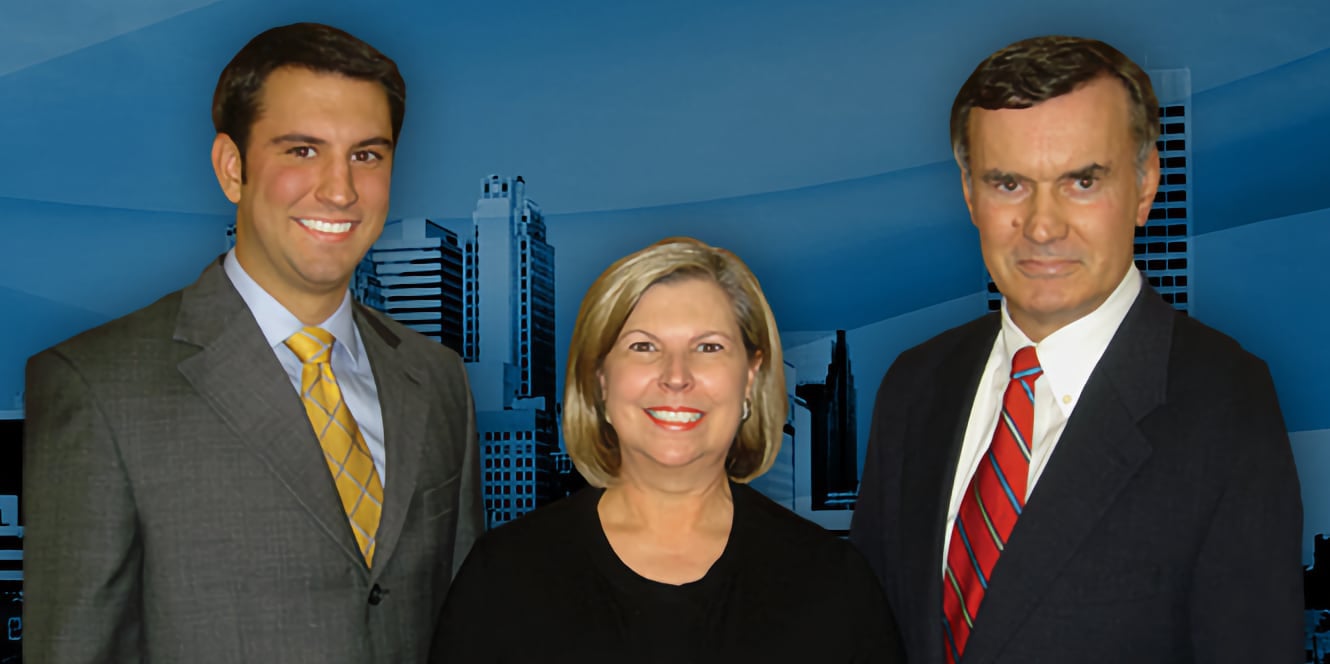As an Oklahoma driver, you may believe that having “full coverage” auto insurance means you’re completely protected in the event of an accident. However, this common misconception could leave you vulnerable to significant financial risks. In reality, “full coverage” policies have limitations and may not provide the comprehensive protection you need.
What Does “Full Coverage” Actually Include?
 Typically, a “full coverage” auto insurance policy in Oklahoma should include three main types of coverage:
Typically, a “full coverage” auto insurance policy in Oklahoma should include three main types of coverage:
- Liability Coverage: This covers damages you cause to others in an accident, including bodily injury and property damage. Oklahoma requires minimum liability limits of:
- $25,000 per person for bodily injury
- $50,000 per accident for bodily injury
- $25,000 for property damage
- Collision Coverage: This pays for damage to your vehicle resulting from a collision with another vehicle or object, regardless of who is at fault.
- Comprehensive Coverage: This covers non-collision events such as theft, vandalism, or weather-related damage to your vehicle.
While these coverages provide a solid foundation, they may not fully protect you in every situation.
How much does full coverage insurance cost in Oklahoma?
- The average annual cost is around $2,278 or $190 per month. This is slightly higher than the national average of $2,008 per year.
- The cheapest major insurer for full coverage is USAA, at around $1,527 per year on average.
- Rates can vary significantly by city, with drivers in Tulsa and Oklahoma City paying around $2,158 per year on average, while those in smaller cities like Enid and Stillwater pay under $1,840 annually.
For minimum liability coverage in Oklahoma, the average annual cost is around $406 to $519.
Dangers of Uninsured and Underinsured Drivers
 According to the Insurance Information Institute, approximately 13% of Oklahoma drivers are uninsured. If an uninsured driver hits you, your “full coverage” policy may not cover your medical expenses or vehicle repairs. Uninsured Motorist Coverage (UM) can help fill this gap by covering your costs when an at-fault driver lacks insurance.
According to the Insurance Information Institute, approximately 13% of Oklahoma drivers are uninsured. If an uninsured driver hits you, your “full coverage” policy may not cover your medical expenses or vehicle repairs. Uninsured Motorist Coverage (UM) can help fill this gap by covering your costs when an at-fault driver lacks insurance.
Similarly, Underinsured Motorist Coverage (UIM) protects you if the at-fault driver has insurance but not enough to cover your damages.
While Oklahoma only requires minimum liability limits, most personal injury attorneys and insurance agents recommended to carry higher limits to protect yourself better. Industry experts typically recommend at least:
- $100,000 per person for bodily injury
- $300,000 per accident for bodily injury
- $100,000 for property damage
The Limitations of Collision and Comprehensive Coverage
Collision and comprehensive coverage protect your vehicle investment, but they come with limitations:
- Deductibles: You’ll have to pay a deductible (often $500 or $1,000) before your coverage kicks in. A deductible is the amount you agree to pay out-of-pocket before your insurance coverage starts.
- Exclusions: Certain situations, such as using your vehicle for business or driving under the influence, may not be covered.
- Actual Cash Value: These coverages typically pay out the actual cash value of your vehicle, not the replacement cost or the amount you owe on your loan or lease. Actual cash value is the current market value of your vehicle, considering factors like age, mileage, and condition. This differs from replacement cost, which is the amount it would cost to replace your vehicle with a similar one.
Protecting Yourself and Your Passengers with Personal Injury Protection (PIP)
Personal Injury Protection (PIP) covers medical expenses and lost wages for you and your passengers after an accident, regardless of who is at fault. PIP typically covers:
- Medical expenses for you and your passengers
- Lost wages if you’re unable to work due to accident-related injuries
- Funeral expenses in the event of a fatality
- Household services if you’re unable to perform tasks like cleaning or childcare due to your injuries
In Oklahoma, PIP is optional, but it provides valuable protection for you and your loved ones. The most common times I see a policy with PIP coverage is from someone from out of state but involved in a car accident in Oklahoma.
Medical Payments Coverage is similar but only covers medical bills up to the amount of coverage you purchased.
Filling the Gaps with Additional Coverage Options
 To ensure you’re fully protected, consider adding these optional coverages to your auto insurance policy:
To ensure you’re fully protected, consider adding these optional coverages to your auto insurance policy:
- Rental Car Reimbursement: This covers the cost of a rental car while your vehicle is being repaired after the accident.
- Roadside Assistance: This provides help with common roadside emergencies like flat tires, dead batteries, and lockouts.
- GAP Insurance: If your vehicle is totaled and you owe more than its actual cash value, GAP insurance covers the difference.
Case Study: Swickey v. Silvey Companies
In Swickey v. Silvey Companies (1999 OK CIV APP 48, 979 P.2d 266), the Court of Civil Appeals of the State of Oklahoma addressed a situation where an insurance agency failed to procure the correct insurance as requested by the insured.
Facts of Case
David Michael Swickey, Jr. was killed by an uninsured motorist. His father and grandmother sought recovery under the grandmother’s uninsured motorist coverage. The insurer denied the claim as neither David nor his father were covered persons.
Issue Before the Court
Whether the insurance agency breached its duty to procure the correct insurance as requested by the insured.
Court’s Ruling
The court found evidence supporting the grandmother’s claim against the agency for breach of contract to procure insurance showing her son as the named insured. Summary judgment for the agency was reversed in part on the breach of contract claim.
Key Takeaways
- Policy Definitions Matter: The case underscores the importance of understanding who is covered under a policy and how slight variations in policy definitions can affect coverage.
- Agency Responsibilities: Insurance agencies must accurately fulfill the insurance procurement as requested by clients. Misunderstandings or misrepresentations can lead to significant legal and financial consequences.
- Implications for Full Coverage: Even with what one might consider “full coverage,” gaps can exist, particularly regarding who is designated as the insured and the specifics of coverage terms. It illustrates why individuals should thoroughly review and understand all aspects of their insurance policies and ensure that it aligns with their expectations and needs, especially in complex family or financial situations.
Contact Hasbrook & Hasbrook for Help with Your Auto Insurance Claim
If you have questions about your auto insurance coverage or need help after an accident, contact Hasbrook & Hasbrook for a free consultation. Our knowledgeable attorneys can help you navigate the complexities of insurance claims and ensure you receive the compensation you deserve.









